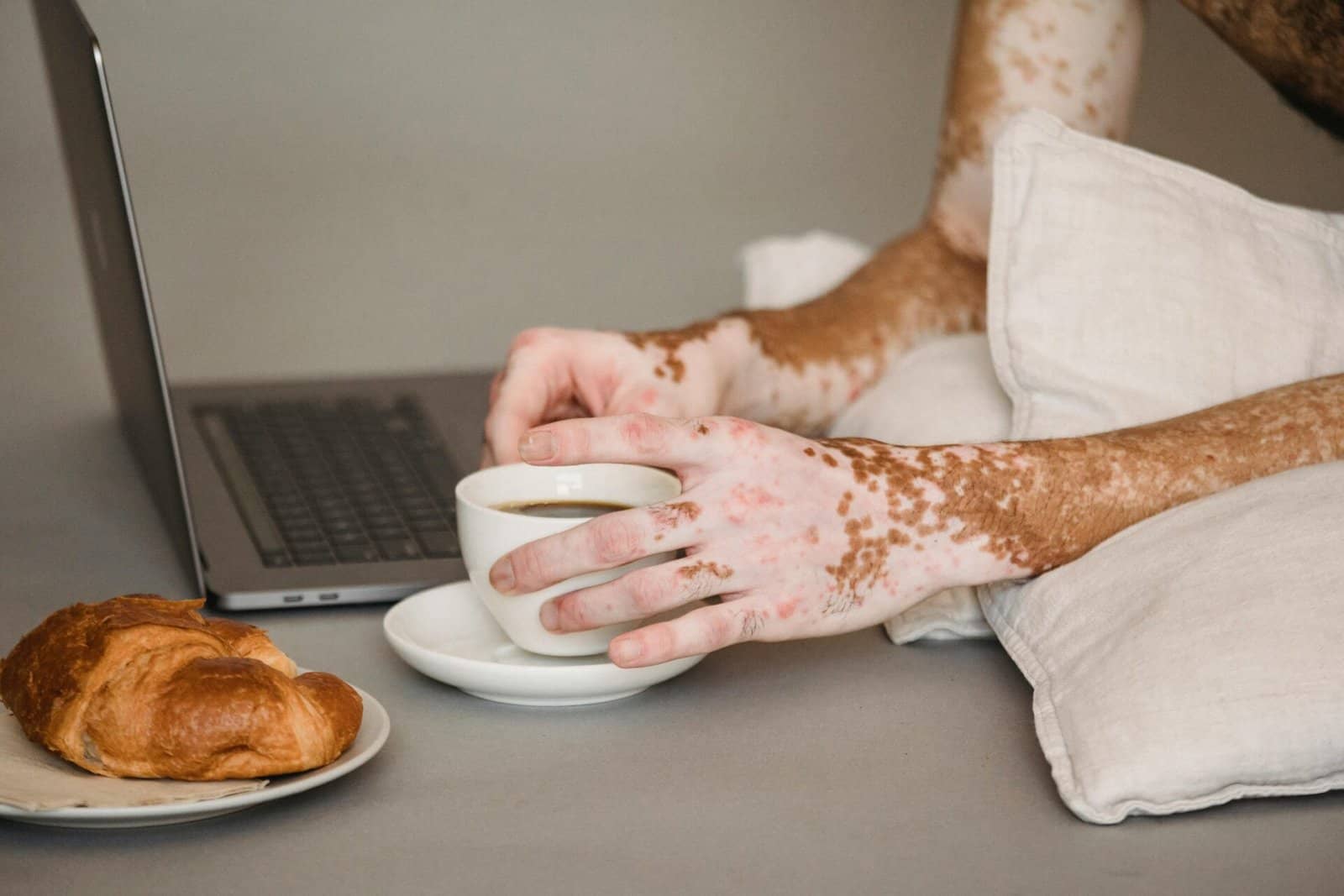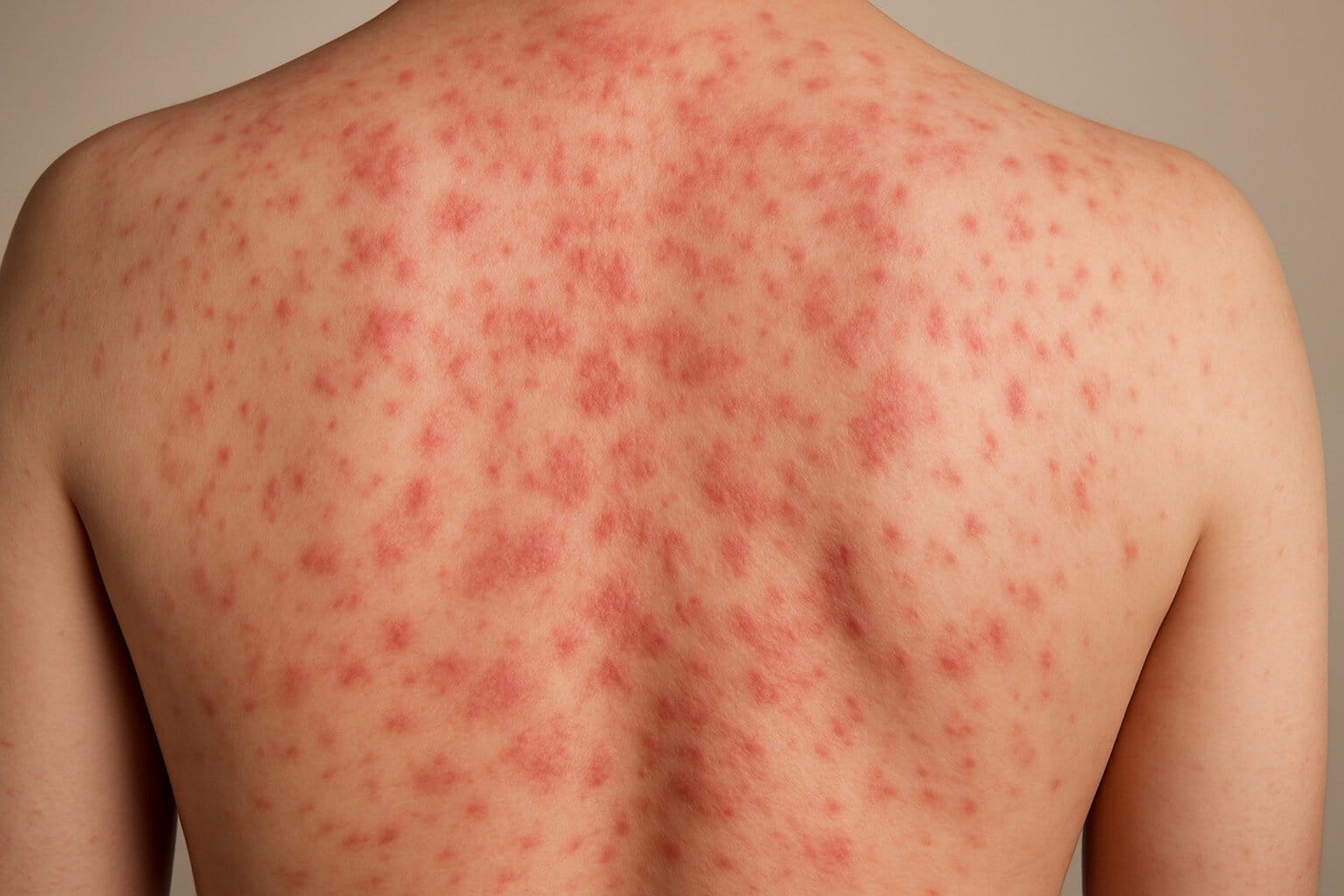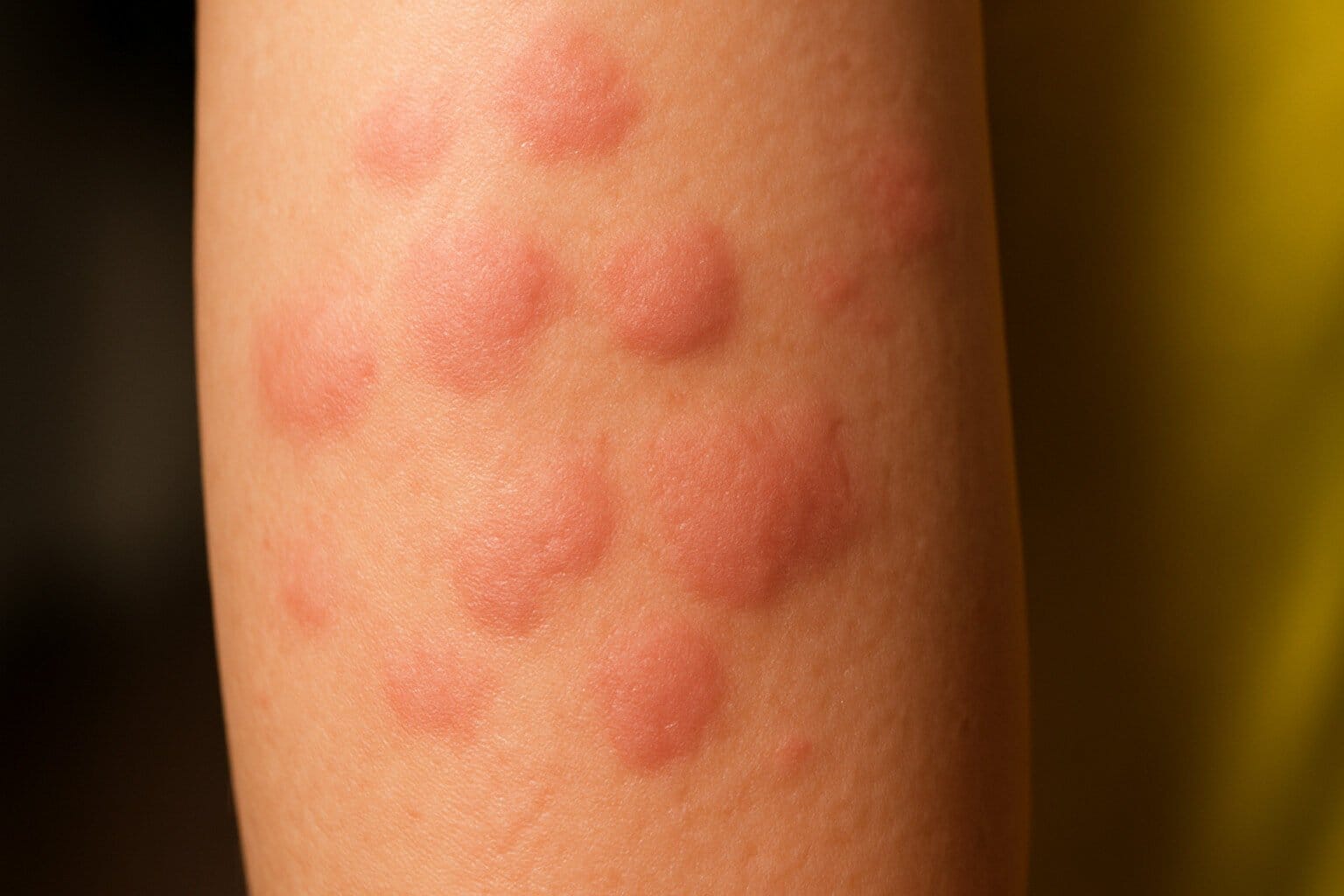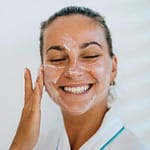How to treat Rosace Redness at Home

Rosacea is a skin condition that makes your face look red, flushed, or bumpy, and it can be super frustrating. Imagine waking up, looking in the mirror, and seeing redness across your cheeks, nose, or forehead that just won’t go away. It can make you feel self-conscious, but you’re not alone. Lots of people deal with rosacea, and the good news is there are ways to manage it. This article will explain what rosacea is, why it happens, how it works, the different types, myths about it, and solutions to keep your skin calm and balanced. We’ll also share practical tips and answer common questions to help you feel confident about your skin.
Rosacea isn’t just a one-time blush; it’s a long-term condition that can flare up and calm down over time. It usually shows up on the face, especially in adults over 30, and can be triggered by things like spicy food, heat, or stress. If you’ve noticed redness that sticks around or small bumps that look like acne but aren’t, you might be dealing with rosacea. Keep reading to learn how to handle flare-ups and get your skin looking its best.
Why It Happens?
Rosacea happens because of a mix of things going on in your body and around you. Scientists aren’t 100% sure what causes it, but they think it’s a combo of genetics, your immune system, and environmental triggers. If someone in your family has rosacea, you might be more likely to get it too. Your immune system might overreact to certain things, like bacteria or tiny mites that live on everyone’s skin, causing inflammation and redness.
Blood vessels in your face might also play a role. For some reason, they can get bigger or more visible, making your skin look red or flushed. Things like hot weather, spicy foods, alcohol, or even stress can make these blood vessels act up, leading to flare-ups. Your skin’s barrier, which protects it from irritants, might also be weaker if you have rosacea, so stuff like harsh soaps or windy days can make things worse. Knowing why rosacea happens can help you figure out how to avoid triggers and keep your skin calm.
How It Happens?
Rosacea starts when something triggers your skin to react. It’s like your face is super sensitive and gets upset easily. When a trigger, like eating spicy tacos or being out in the sun too long, happens, your blood vessels open wider than they should. This lets more blood flow to your face, causing redness or a flushed look. Sometimes, tiny blood vessels stay visible under the skin, giving you that constant red appearance.
Your skin might also get inflamed, which means it’s irritated and swollen. This can lead to bumps or pimples that look like acne but are actually part of rosacea. In some cases, your skin’s oil glands get overactive, making your nose or cheeks look thicker or bumpy. It’s not just one thing happening; it’s a chain reaction where triggers, blood vessels, and inflammation team up to make your skin act out. Understanding this process can help you spot what sets off your rosacea and avoid those things.
Types
Rosacea comes in different forms, and not everyone has the same symptoms. Here are the four main types:
- Erythematotelangiectatic Rosacea: This is the one with lots of redness and visible blood vessels. Your face might flush easily and stay red, especially on your cheeks, nose, or forehead. It can also feel sensitive or burn.
- Papulopustular Rosacea: This type looks like acne because you get red bumps or pus-filled pimples. It usually shows up on the face and can be mistaken for regular acne, but it’s different.
- Phymatous Rosacea: This one is less common and causes thickened skin, especially on the nose, making it look bumpy or bulbous. It can also affect the chin or forehead.
- Ocular Rosacea: This affects your eyes, making them red, dry, or itchy. You might feel like there’s something in your eye, and your eyelids can get swollen.
Each type has its own challenges, so knowing which one you have can help you find the right way to treat it. Some people might have more than one type at the same time.
Myths
There are a lot of wrong ideas about rosacea that can make it harder to understand or treat. Let’s clear up some common myths:
- Myth 1: Rosacea is just blushing or shyness. Nope! Rosacea is a medical condition, not just being embarrassed or shy. It’s caused by physical things like blood vessels and inflammation, not just emotions.
- Myth 2: Rosacea only happens to people with fair skin. While it’s more common in people with lighter skin, anyone can get rosacea, no matter their skin tone.
- Myth 3: Rosacea is caused by bad hygiene. Not true! Rosacea isn’t about being dirty or not washing your face. It’s a complex condition tied to genetics and triggers, not cleanliness.
- Myth 4: Rosacea is the same as acne. Even though some types look like acne, rosacea is a different condition with different causes and treatments.
- Myth 5: You can’t do anything about rosacea. Wrong! There are lots of ways to manage it, from lifestyle changes to treatments that can calm your skin.
Busting these myths can help you focus on real solutions instead of worrying about things that aren’t true.
Solutions and Preventions
Managing rosacea is all about finding what triggers your flare-ups and keeping your skin happy. Here are some practical solutions and ways to prevent flare-ups:
- Identify Triggers: Keep a journal to track what makes your rosacea worse. Common triggers include spicy foods, hot drinks, alcohol (especially red wine), sun exposure, stress, and extreme temperatures. Avoiding these can make a big difference.
- Gentle Skincare: Use mild, fragrance-free cleansers and moisturizers made for sensitive skin. Harsh soaps or products with alcohol can irritate your face and cause flare-ups. Look for products labeled “non-comedogenic” to avoid clogged pores.
- Sun Protection: The sun is a major trigger, so wear sunscreen every day with at least SPF 30. Choose one with zinc oxide or titanium dioxide, which are less likely to irritate. A wide-brimmed hat can also help.
- Cool Down: Hot showers, saunas, or overheated rooms can make redness worse. Try lukewarm water for washing your face and avoid getting too hot during exercise.
- Diet Choices: Some foods, like spicy dishes or caffeine, can trigger flare-ups. Eat a balanced diet with lots of fruits, veggies, and water to keep your skin healthy.
- Medical Treatments: A doctor might suggest creams or gels with ingredients like metronidazole or azelaic acid to reduce redness and bumps. For severe cases, oral medications or laser therapy can help shrink blood vessels.
- Stress Management: Stress can make rosacea worse, so try relaxing activities like deep breathing, yoga, or meditation to stay calm.
Consistency is key. Stick to a gentle routine, avoid triggers, and talk to a dermatologist if your symptoms don’t improve. These steps can help you control flare-ups and keep your skin balanced.
Suggestion
To manage rosacea and achieve a balanced complexion, start with small, simple changes. First, build a skincare routine with gentle, fragrance-free products. Wash your face twice a day with a mild cleanser, apply a soothing moisturizer, and always use sunscreen.
Next, track your triggers in a notebook or app to figure out what sets off your flare-ups. This could be certain foods, weather, or stress. Once you know your triggers, avoid them as much as possible.
If redness or bumps keep bothering you, see a dermatologist. They can recommend treatments like prescription creams or even laser therapy for stubborn cases. Also, focus on staying calm and healthy. Drink plenty of water, eat nutritious foods, and try stress-relieving activities like walking or listening to music.Be patient, because managing rosacea takes time, but with the right steps, you can reduce flare-ups and feel better about your skin. If your eyes feel irritated, don’t ignore them; ocular rosacea needs special care, so ask your doctor about it.
FAQs
Q: Can rosacea go away on its own?
A: Rosacea is a long-term condition, so it doesn’t usually disappear completely. However, you can manage flare-ups with the right skincare, lifestyle changes, and treatments to keep it under control.
Q: Is rosacea contagious?
A: No, rosacea isn’t contagious. You can’t catch it from someone else or spread it by touching.
Q: Can makeup help hide rosacea?
A: Yes, makeup can cover redness, but choose products labeled “non-comedogenic” and “fragrance-free” to avoid irritation. Green-tinted primers can help balance out redness.
Q: Are there foods I should avoid?
A: Spicy foods, hot drinks, caffeine, and alcohol are common triggers. Keep a food diary to see what affects your skin and try to avoid those.
Q: Can kids get rosacea?
A: Rosacea is rare in kids and usually starts in adults over 30. If a child has similar symptoms, it’s best to see a doctor to figure out what’s going on.
Q: How do I know if it’s rosacea or something else?
A: Rosacea often looks like constant redness, bumps, or visible blood vessels on the face. If you’re not sure, a dermatologist can check your skin and give you a clear answer.
By understanding rosacea and taking the right steps, you can calm flare-ups and work toward a balanced, healthy complexion. Stay consistent, be gentle with your skin, and don’t hesitate to get professional help if you need it.
Subscribe to our newsletter!






